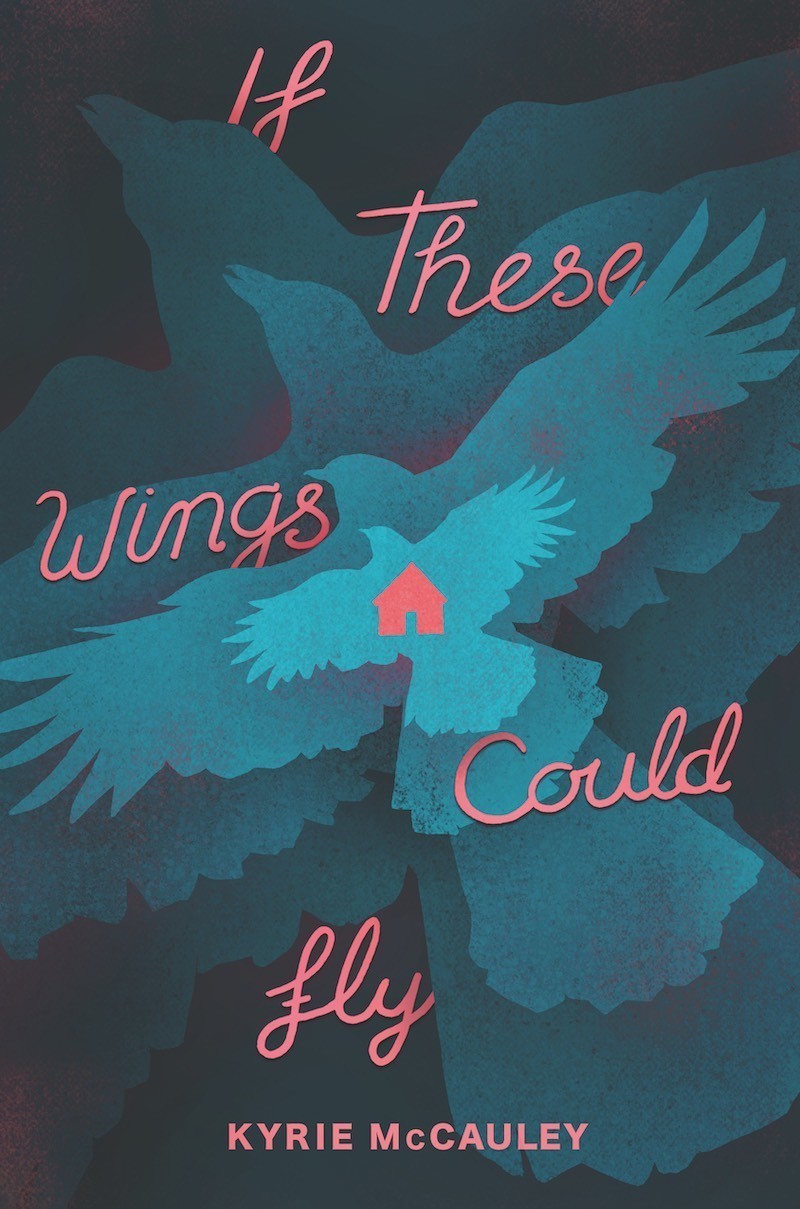Chapter 6
byIn Chapter 6 of If These Wings Could Fly, the story begins on a routine Monday morning. The characters make their way down the street toward the bus stop, passing by Mrs. Stieg’s house, as they do every day. But today, something catches the protagonist’s eye as they approach Mrs. Stieg’s garden. In the far corner of the yard, a bush that had once been thriving now lies in ruins. This is no simple damage, like the incident where a bush had been broken in the past. Instead, the bush has been completely obliterated, leaving behind nothing but disturbed soil and scattered red petals. These petals, once vibrant, are now the only evidence of a violent force having passed through, and they hint at an intense and purposeful destruction. The sight immediately evokes a sense of disturbance, a feeling that something out of the ordinary has occurred.
The protagonist cannot help but share the discovery with Campbell, hoping for some sort of explanation, or at least a reaction. But Campbell’s response is almost dismissive, shrugging off the significance of the event as if it means little to him. However, as the protagonist watches him, there is a brief moment of hesitation. The protagonist notices a flicker of something deeper in Campbell’s eyes—something that can only be described as pride. This brief glimmer of pride feels entirely out of place given the wreckage they’ve just witnessed. It seems as though Campbell’s reaction doesn’t match the gravity of the situation, and this inconsistency raises suspicions in the protagonist’s mind. The feeling grows stronger as the protagonist begins to wonder whether Campbell could have been responsible for the destruction of the bush. With the suspicion settling in, the protagonist contemplates looking at Campbell’s bike for signs of the red petals that could act as confirmation of their theory.
Despite the growing impulse to investigate further, the protagonist resists the urge to confront Campbell directly. They wrestle with their thoughts and emotions, but ultimately, they choose not to inspect the bike, leaving their suspicions unspoken. This decision is pivotal, as it reveals much about the complexity of their relationship. The protagonist’s reluctance to probe deeper suggests an underlying tension—one where trust is both present and fragile. The hesitation to confront Campbell directly signifies that there are boundaries in their friendship, boundaries that are not easily crossed. The protagonist understands the unspoken rules of their relationship and recognizes that some things might be better left unsaid, even if doubts linger in their mind. This unspoken understanding, however, leaves a sense of unease hanging in the air, suggesting that something deeper is at play.
The chapter delicately crafts a mood of unease and quiet conflict, where every small action and reaction carries weight. The imagery of the destroyed garden serves as a powerful metaphor for the troubled dynamics between the protagonist and Campbell. Just as the bush has been destroyed beyond recognition, the trust between the characters has been fractured in a way that may never fully heal. The scattered red petals are a vivid reminder of the destruction that lies beneath the surface of their friendship—small yet significant signs of something more complicated and darker than they are willing to acknowledge. The protagonist’s decision to hold back from a direct confrontation with Campbell reflects the broader theme of the novel: how relationships can be tested by the smallest of actions, and how doubts, once planted, can grow into something more powerful.
Through this moment, the author subtly explores the fragility of trust and the complexities of friendship. By choosing not to engage with Campbell on the issue, the protagonist shows the reader how easy it is for unresolved issues to fester beneath the surface. The tension between loyalty and suspicion is palpable, and it becomes clear that the protagonist’s relationship with Campbell is not as straightforward as it once seemed. In fact, the chapter sets the stage for further exploration of how even the most seemingly innocent interactions can carry the potential for conflict. It’s not just about the destruction of a bush, but about how that act of destruction reveals the cracks in their relationship. The chapter paints a picture of a relationship that is quietly unraveling, with each small, seemingly insignificant moment contributing to the larger unraveling of trust between the two characters.

